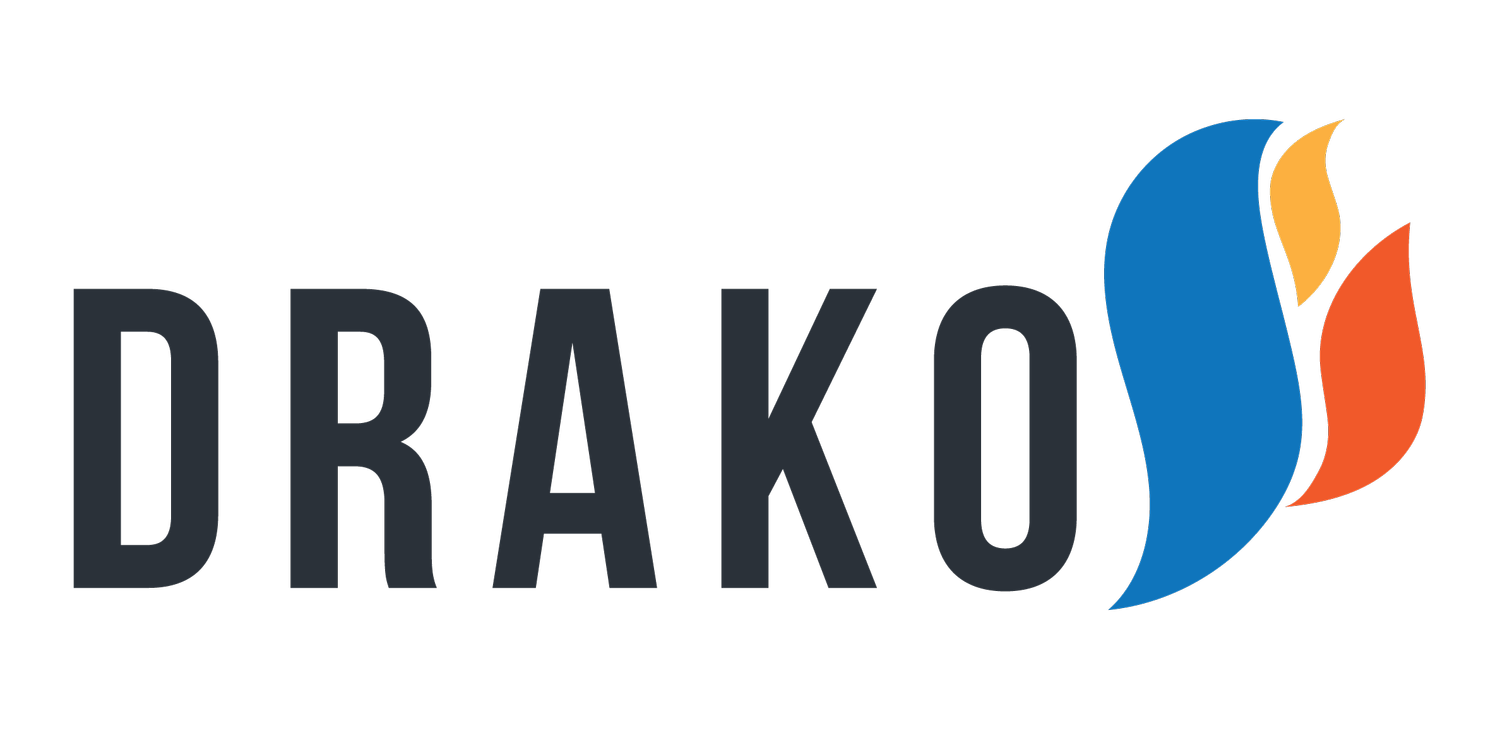Getting Started with Programmatic Audio
Audio advertising is moving into the ad tech mainstream, following in CTV's footsteps as media buyers shift their budget from traditional audio (or radio) to programmatic. In response, many DSPs and "walled gardens" have also begun expanding their access to audio inventory; The Trade Desk's deal with Audiology is the most recent example of a partnership designed to capitalize on this emerging medium.
Many of the things that have made CTV such a popular choice also apply to programmatic audio. For example (like with all programmatic campaigns) going digital gives media buyers access to more precise targeting and reporting options. However, the most exciting trends lie in creative technologies like retargeted display ads and QR codes that are making audio and video formats more actionable.
While certain digital audio techniques may be more cutting edge, most marketers who run display campaigns will be familiar with the basics. Any agency looking to test these emerging digital formats should consider programmatic audio as a good starting point -- lower CPMs than CTV and a lack of campaign minimums make it an especially appealing choice for smaller advertisers.
Newswire - June 2022
Target, Marriott, Walmart... A growing number of companies are launching media networks built on their own unique inventory and/or customer data. Running ads is certainly a quick way for these businesses to generate revenue, but these networks will also offer marketers access to unique programmatic tactics; Best Buy's plans, for example, involve selling ad space on their in-store display TVs. (Beet.TV)
CTV captures a higher level of attention among British and European viewers than linear TV or social video, with CTV viewers watching ads for 3 seconds longer than linear and 5 times longer than social before looking away. According to the study's participants, the CTV ads were "more relevant [and] higher quality," and most CTV viewers (65%) would be willing to watch ads in exchange for free content. (Campaign)
Outsourcing marketing work is a delicate balance: While many tasks that agencies once carried out moved in-house during the pandemic, other brands are discovering that a fully in-house approach doesn’t work for everyone. Specialized agencies can assist with meaningful gaps in an organization's expertise, bandwidth, or capabilities, and while they don't necessarily need to be one-stop shops, they should offer "agility, speed, and efficiency." (Ad Exchanger)
Netflix's New Initiative
In a big surprise to consumers (maybe not to marketers!), Netflix has announced that they are "quite open" to bringing ads to their platform. In the wake of a Q1 subscriber net loss (the first in a decade), the platform will be exploring options to crack down on password sharing in addition to exploring cheaper, ad-supported subscription tiers.
For years, Netflix has eschewed the AVOD (Ad-supported Video on Demand) model of competitors like Hulu or Tubi, intent on maintaining their SVOD (Subscription Video on Demand) product. However, as the streaming landscape becomes more crowded, the market becomes more saturated, and content offerings become more fragmented, SVOD services will likely have to resort to running ads in order to supplement dwindling subscriber bases and stagnant revenue.
Netflix’s decision to run ads represents an exciting moment for the CTV ecosystem. Each major streaming service that opens inventory to ads represents more potential audience members for digital video campaigns. While Netflix's future plans are still up in the air, media buyers can certainly expect more CTV inventory to become available over the next couple of years as streaming platforms rethink their subscription models.
Newswire - May 2022
Over three-quarters of advertisers feel the digital supply chain is an area where they are not satisfied with current levels of transparency (with not one single respondent saying they were "confident"). While the internal machinations of DSPs, SSPs, and exchanges can seem impenetrable, a high level of trust with smaller vendors and data partners is still crucial for success when it comes to allocating budgets, building audiences, or parsing through reporting. (AdExchanger)
It's no secret that media buyers are shifting their budgets to video, but there might be more behind the switch than just the exploding popularity of CTV. Last April's new digital tracking restrictions led to measurement and attribution challenges on social media, which seem to have caused many marketers to turn instead towards branding plays — where video can't be beat. (Digiday)
According to the latest annual report, U.S. digital advertising spend grew by 35% in 2021, hitting $189 billion and marking the largest year-over-year increase since 2006. This growth was likely accentuated by a recovery from the sharp downturns of 2020, but the industry was also boosted by dramatic growth in digital audio (up 58% YoY) and digital video (up 51% YoY). (Interactive Advertising Bureau)
Getting Started with Brand Safety
Misinformation, political conflict, and war across the news and social media have made brand safety a larger concern than ever for marketers. When it comes to programmatic, what options are available to advertisers who want to minimize exposure to explicit or controversial content?
There are many ways digital campaign managers can exert greater control over where their ads are running. When running regular display and pre-roll campaigns, top-tier brand safety is often provided by a DPS’s 3rd-party partners. These solutions offer real-time blocking across a variety of topics, publishers, maturity-levels, and even languages in order to prevent impressions on certain types of inventory.
Brand safety options aren’t available for every campaign though. Audio and CTV inventory in particular tends to be newer and more “dynamic” in content, often lacking the contextual tags that are used to categorize and grade subject matter. Even so, tools and techniques like device type targeting, manual blocklisting, and PMPs (private marketplace deals) offer a reliable substitute.
Newswire - April 2022
The 2022 Super Bowl’s Coinbase ad featuring a QR code that directed viewers to their website was hugely successful at driving both awareness and online engagement. Coinbase isn’t the only advertiser to test out QR: These types of interactive elements can help turn a brand-building tactic like CTV into a tool for driving measurable performance. (AdWeek)
The long-awaited “Death of Cookies'' seems increasingly inevitable, but many marketers still haven’t put a plan in place for adapting to this cookieless future. Any agency dragging their feet should begin by surveying their dependence on third-party data before weighing alternatives like first-party solutions, direct publisher relationships, and contextual targeting. (AdExchanger)
A growing number of digital and linear TV advertisers alike are testing the CTV waters as streaming continues its meteoric rise among consumers – but it can be a struggle to parse through the “alphabet soup of digital television. This summary of the streaming ecosystem’s major players by The Trade Desk also includes a glossary to help marketers navigate the quickly-evolving vocabulary of digital video, from AVOD to OTT. (The Current)
Partnering with The trade desk for uid 2.0
This integration with UID 2.0 further future-proofs DRAKO's addressability solutions offered through Euklid, DRAKO's audience management platform.
Drako in the news
Tracking the Spread of COVID-19
Data from millions of cell phones show how spring break was a catalyst for the pandemic in Quebec.
Anatomy of a region in lockdown
While distances travelled shrank dramatically overall because of COVID-19, peoples’ movements varied hugely within the capital region.
Tracking Pandemic with Cellphones
Find out how we use aggregated data lists to monitor hotspots in cities like Montréal.




